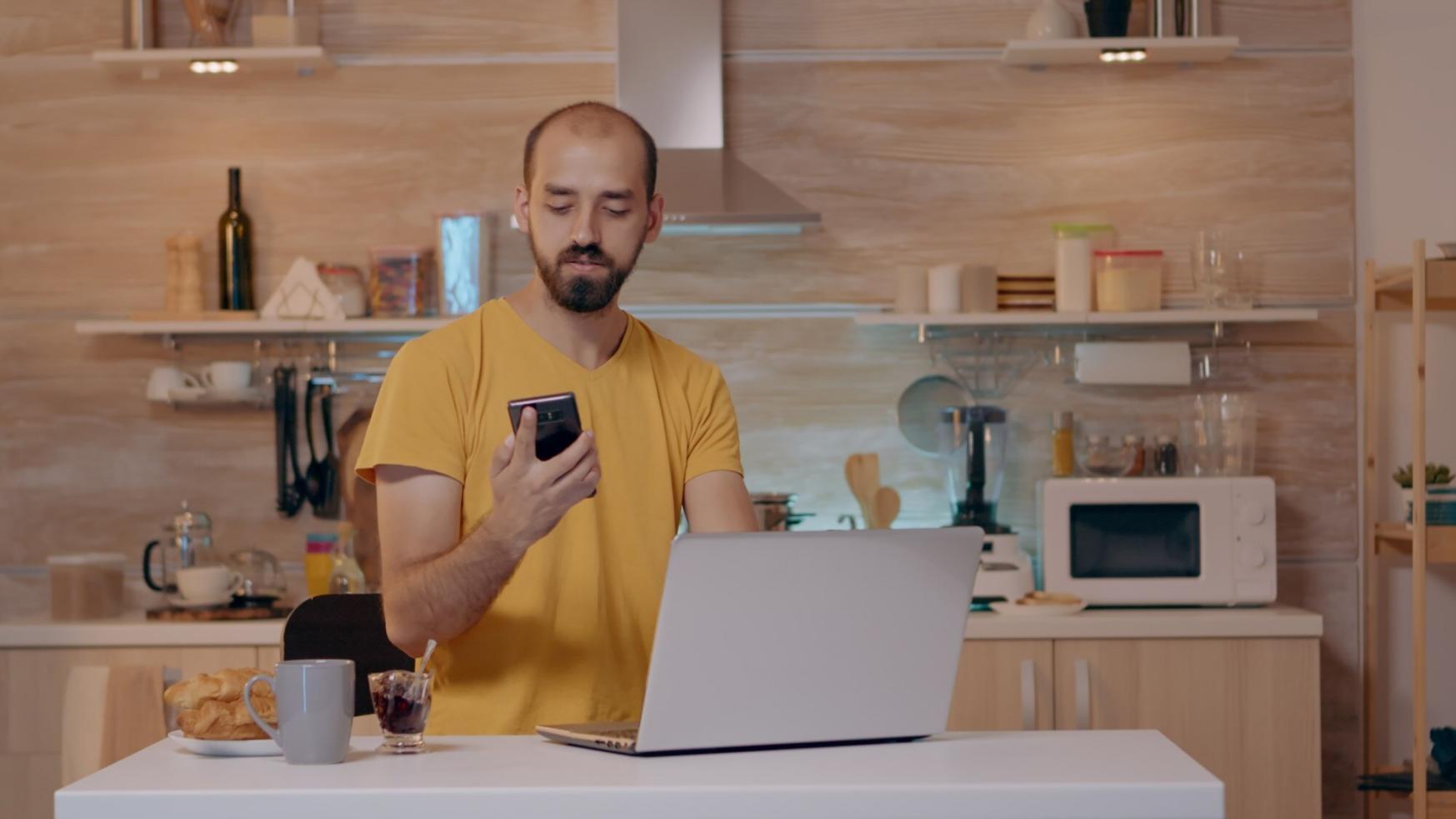Unlock Knowledge, Spark Curiosity, Discover the World Anew
Gateway to Genius: "Mastering Patience for Long-Term Investment Success"
Welcome to Learnex Path, where teaching meets creativity. By blending proven strategies with fresh approaches, we craft experiences that stick. Ever wondered how learning could feel both structured and spontaneous? That’s what we’re here to explore—together.
Evaluating If Our Course Aligns with Your Skillset
- Enhanced ability to manage and resolve conflicts.
- Strengthened leadership potential.
- Strengthened understanding of human behavior
- Improved understanding of intellectual property rights.
- Heightened ability to lead virtual meetings effectively.
- Improved conflict resolution skills
- Enhanced adaptability to diverse learning environments.
"Master the Art of Patient Investing"
The journey of mastering investment patience with Learnex Path is as much about personal discovery as it is about guidance. Instructors don’t just hand over answers—they nudge, challenge, and occasionally even let participants wrestle with uncertainty. There’s an art to that balance. Some lessons come quickly, like recognizing the emotional triggers behind impulsive decisions. Others—like understanding when to hold steady despite market noise—take longer and demand a kind of internal rewiring. It’s not always comfortable, but it’s deeply rewarding when clarity starts to emerge. And it does, often in small ways at first: a participant pauses before reacting to a market dip, or they find themselves explaining a concept to a peer without second-guessing. One of the surprises for many is how much the process reshapes not just their knowledge, but their instincts. What’s striking is how the approach adapts to each learner. There’s structure, yes, but also enough flexibility to let participants chart their own path within the framework. Some need more time untangling the emotional side of investing, while others dive deep into technical patterns and indicators. Both are valid, and the program quietly adjusts to meet these needs. That said, it’s not perfect—no system is. Some participants resist slowing down, convinced they’re ready for more advanced concepts when they’re still building their foundation. But even in these moments, the process has a way of circling back. One unexpected detail? A surprising number of participants mention how these lessons spill over into other areas of life, like parenting or relationships—because patience, it turns out, is rarely confined to just one part of who we are.
Valuable Opinions
Learning Plans to Fit Your Needs
At Learnex Path, we believe education should adapt to you—not the other way around. Whether you’re balancing work, family, or just figuring out your next step, we offer choices that reflect real-life needs. Identify which learning option best supports your development:
-
Standard
The "Standard" pathway stands out for its balance—it’s structured enough to guide but leaves room for flexibility. People who choose this typically value clear steps over exhaustive detail. It’s not about overwhelming options; it’s about steady, deliberate growth, which seems to resonate most with those who prefer pacing over speed. Two aspects tend to matter most. First, there’s the emphasis on practical application—you’ll find it’s less about theory and more about small, actionable changes that build over time. For someone who’s been frustrated by overly abstract approaches, this grounded, methodical style can be a relief. Second, it includes periodic checkpoints—not micro-managed, but just enough structure to keep things moving forward. This can be reassuring if you’re the kind of person who sometimes struggles to maintain focus without some touchpoints along the way. It’s not trying to be everything, and that’s the point. For many, the appeal lies in its simplicity—there’s no pressure to master all at once. If you’re looking for something that meets you where you are, this might feel like the right fit.
-
Basic
The "Basic" tier offers a simple, steady path for those starting to develop patience in investing—trading a modest commitment of time and focus for clear, accessible tools. Participants receive foundational insights (nothing overwhelming) and manageable exercises to build consistency. Two things stand out: first, the pace feels approachable, with small steps that don’t demand drastic lifestyle changes. And second, there’s a certain relief in the clarity—no overpromising, just practical guidance that you can actually apply. It’s like learning to wait for your coffee to brew rather than rushing for instant—small, deliberate adjustments that shift how you think over time. Typically, this tier suits those who want to test the waters without diving in too deep. Sure, it might lack the depth of advanced options, but for some, that’s the point. Why overcomplicate things when you just want to start?
Your Path to Success: Unlock Your Brilliance
-
Enhanced communication skills
-
Improved ability to create and deliver online presentations
-
Awareness of online learning tools
-
Improved knowledge of online learning community technology integration
-
Improved ability to facilitate online learning community member retention strategies
-
Improved utilization of online platforms for virtual museum exhibits

Our Professional Framework
The Future of Education is Digital
Patience isn’t just a virtue—it’s a skill, especially when it comes to investing. Too often, the rush for quick returns overshadows the long game, leaving people overwhelmed and, frankly, a little discouraged. That’s where Learnex Path steps in, offering a refreshing approach to financial education. With a focus on cultivating patience and discipline in investment strategies, this institution doesn’t just teach you how to make smart financial decisions—it changes the way you think about money altogether. It’s not about chasing trends or riding waves; it’s about building a mindset that thrives on steady growth and resilience. What sets this place apart is its student-first philosophy. Every course, every interaction, every tool is designed to meet learners where they are, whether they’re complete beginners or seasoned investors looking for a new perspective. And the tech? It’s all about enhancing the experience, not complicating it. Their platform is intuitive and packed with smart features that adapt to your learning pace, making it easier than ever to stay engaged and track your progress. It’s not just education—it’s empowerment, wrapped in a supportive, tech-savvy environment.
Our Remote Education Design
The platform’s approach is refreshingly hands-on, designed to make patience in investing not just a concept but a lived experience. It’s not about dry lectures or endless theory—no one learns that way. Instead, students are guided through interactive simulations that mimic real-world market scenarios, where they can test their decision-making in a controlled environment. And here’s the kicker: small, deliberate setbacks are intentionally baked into these exercises. Why? Because learning to sit with discomfort and resist the urge to act impulsively is where the magic happens. It's a bit like learning to play an instrument—you have to hit the wrong notes a hundred times before you can play the right ones without thinking. The platform doesn’t shy away from showing you the messy side of learning. It embraces it. One thing that really stands out is the personalized “Patience Tracker” they offer. It’s like a journal-meets-coach that helps students reflect on their emotional responses during these exercises. What triggered that hasty decision? How did you feel waiting out a tough market dip? It’s not just a static tool either—students get feedback from mentors who review their responses and offer tailored advice. I’ve heard from more than one student that these check-ins feel less like a critique and more like a conversation with someone who’s been in the trenches themselves. It’s a rare blend of technology and human insight that makes the process feel less lonely. After all, patience isn’t built overnight, and having someone to help unpack the process makes all the difference.
Get in Touch with Us
Contact Us
- Hwy 26, Brookfield, NL A0G 1J0, Canada
- +19025838575




